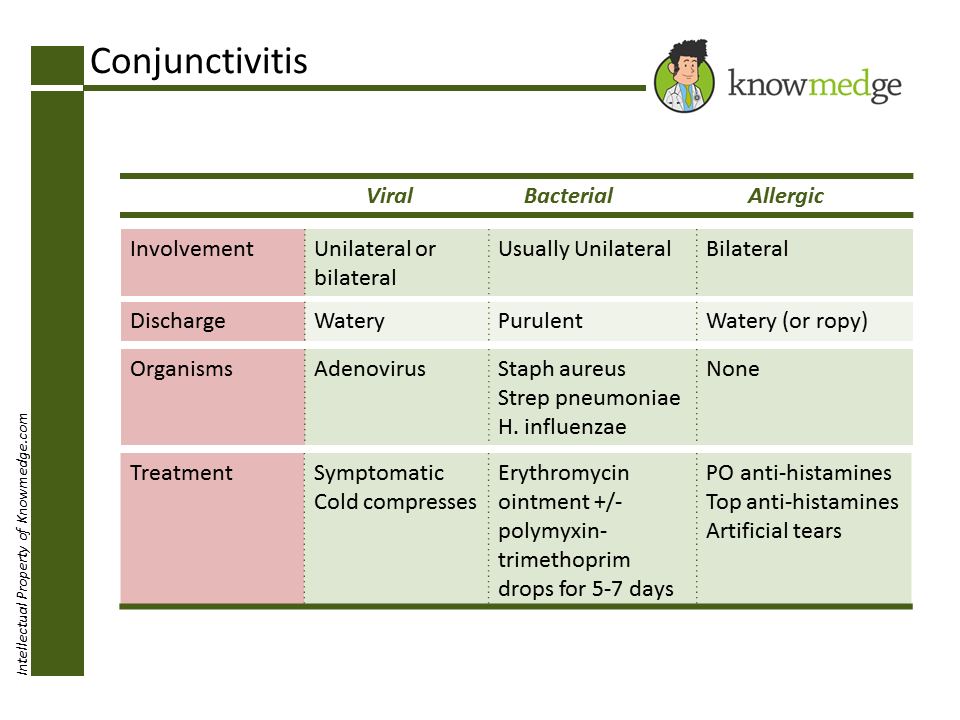7. Liver
Last but definitely not least of the major parts of the digestive tract – the liver. This
organ, weighing in at about 3 lbs, is the second largest organ (after the skin) and affects
nearly every physiologic process of the human body.
For the ABIM board exam, be able to interpret Hepatitis B serologies and have a good
understanding of the difference between acute and chronic infection.
Remember:
The goal of therapy in chronic Hepatitis B is suppression of viral
replication, seroconversion of HBeAg, and decrease in hepatic
inflammation (as evidenced by an improvement in liver enzymes)
Once a patient is found to have a chronic Hepatitis B infection,
surveillance should be undertaken to prevent the development of
cirrhosis and HCC by ultrasound and a-fetoprotein level every 6-12
months
In addition to viral hepatitis, several other causes of hepatitis need to be considered.
Be able to distinguish between hepatocellular injury and cholestatic injury.
Remember:
23 | P a g e
K N O W M E D G E
Hepatocellular – elevation in ALT and AST released from injured
hepatocytes
Viral hepatitis, alcoholic hepatitis, drug-induced hepatitis, NASH,
ischemic hepatitis, autoimmune hepatitis (look for ASMA!),
hemochromatosis, Wilson disease, a1-antitrypsin deficiency
Cholestatic – elevation in alkaline phosphatase occurs due to a decrease
in the flow of bile
Primary biliary cirrhosis (look for antimitochondrial antibodies!),
primary sclerosing cholangitis, drug-induced cholestasis
These are just a few key points to help you digest the Gastroenterology and Hepatology
section of the ABIM Internal Medicine exam. Good luck!
24 | P a g e

K N O W M E D G E
General Internal Medicine Pearls: Eye Conditions
By: Dr. Sunir Kumar
While most of the ABIM Examination topics fall neatly into organ system categories, not all of them fit into this schematic. These include: ophthalmology, primary care screening
guidelines, vaccinations, etc. Here at Knowmedge, we’ve incorporated this important group
of subject areas into General Internal Medicine, similar to the American College of
Physicians’ Internal Medicine In-Training Exam Blueprint.
In this first of a series of blog posts, we review the key eye diseases: Conjunctivitis,
Macular Degeneration, Glaucoma, Retinal Detachment, and Cataracts. The eyes may
see only what the mind knows, but your mind should know these eye conditions for the
ABIM exam.




